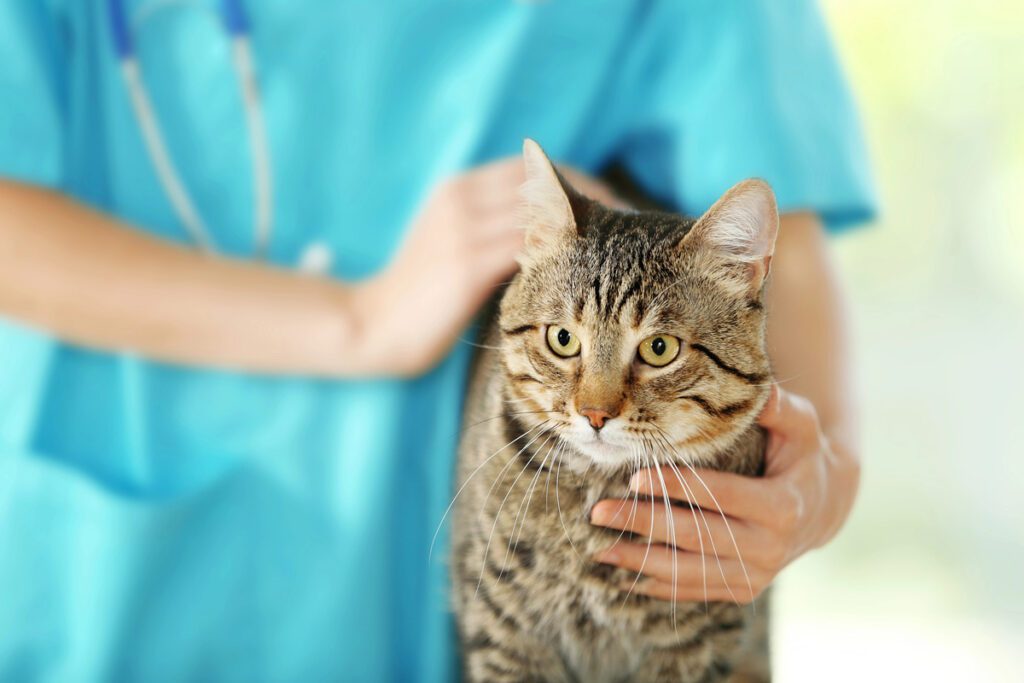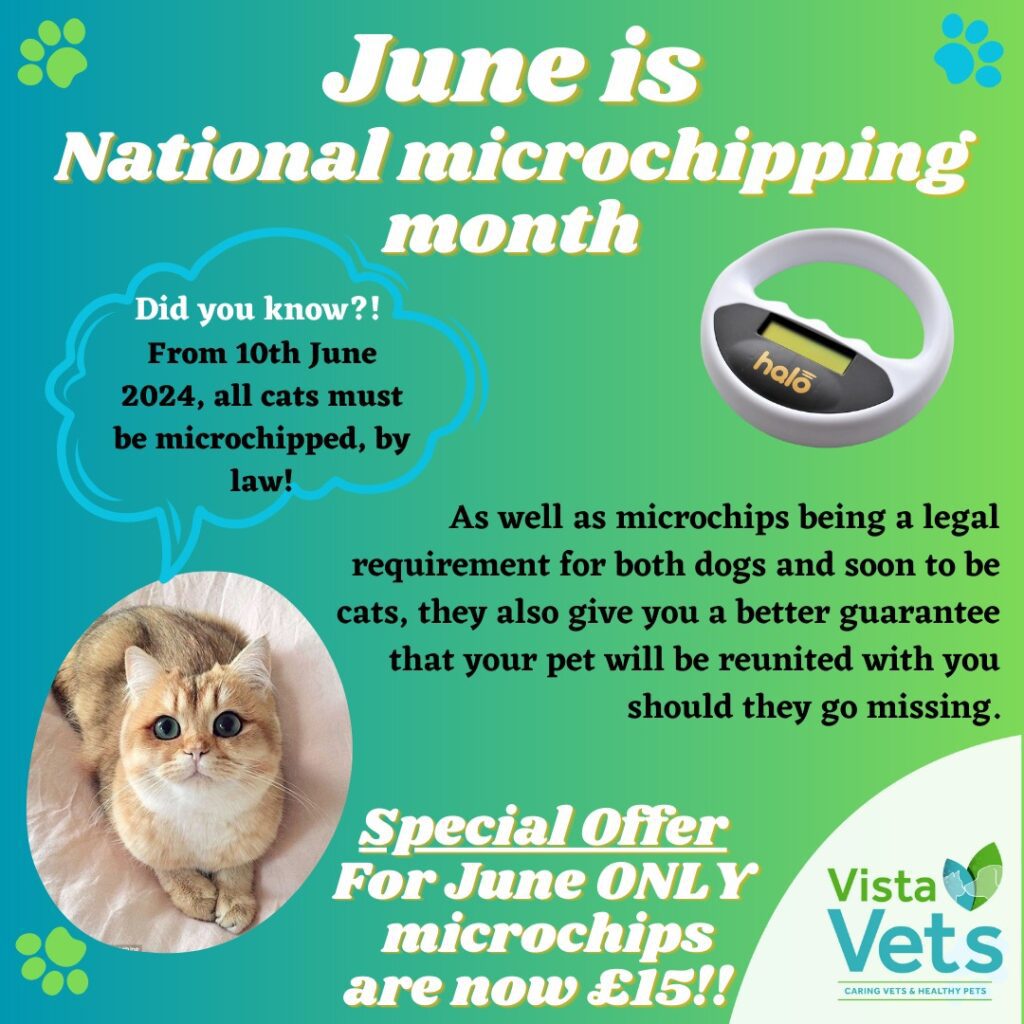If your dog is limping after exercise or your cat suddenly refuses to jump onto their favourite perch, it’s natural to worry. Joint, bone, and ligament problems can seriously affect a pet’s comfort, mobility, and quality of life.
For many conditions, orthopaedic surgery can restore movement, reduce pain, and prevent long-term damage. At Vista Vets in Chelmsford, we provide advanced orthopaedic care in-house, meaning your pet can be diagnosed and treated quickly without the stress of referral delays.
This guide explains what orthopaedic surgery involves, the conditions it can treat, and how we support pets and owners through the process.
Spotting Joint and Bone Problems Early Could Save Your Pet’s Mobility
Orthopaedic problems in pets are more common than many owners realise. In Chelmsford, where dogs enjoy long countryside walks and cats roam between gardens, injuries and wear-and-tear joint conditions are part of the veterinary landscape.
Without prompt treatment, bone or joint issues can lead to:
- Chronic pain
- Reduced mobility
- Muscle wastage from disuse
- Early-onset arthritis
- Lower quality of life
Early intervention, especially when surgical treatment is required, often results in better recovery outcomes and less discomfort for your pet.

Common Orthopaedic Conditions We Treat
At Vista Vets, our orthopaedic expertise covers a range of conditions in dogs and cats.
Cruciate Ligament Injury
One of the most common causes of hind limb lameness in dogs, especially in active breeds. Surgery stabilises the joint, reducing pain and preventing further damage.
Fractures
Caused by falls, road traffic accidents, or other trauma. We can repair many fractures in-house using plates, pins, or external fixators.
Patellar Luxation
When the kneecap slips out of place, causing intermittent lameness. Surgery realigns and stabilises the kneecap to restore function.
Hip Dysplasia
A developmental condition affecting the hip joint, common in larger breeds. Surgical options can improve comfort and mobility, particularly in younger dogs.
Elbow Dysplasia
A growth abnormality in the elbow joint that can lead to arthritis. Early surgical correction can slow progression and relieve pain.
What to Expect: Step-by-Step Orthopaedic Surgery Process
1. Initial Assessment
We start with a thorough clinical examination, reviewing your pet’s history, lifestyle, and any previous injuries.
2. Advanced Diagnostics
In-house X-rays and, where necessary, CT scans help us assess the exact nature and severity of the problem.
3. Treatment Planning
Your vet will explain all options, including surgical and non-surgical management, so you can make an informed decision.
4. Surgery
Carried out under general anaesthetic by our experienced veterinary surgeons, using sterile techniques and modern equipment.
5. Recovery & Rehabilitation
Post-operative care includes pain management, wound checks, and physiotherapy advice to support your pet’s return to normal activity.
Common Questions About Pet Orthopaedic Surgery
Q: Is surgery always necessary for orthopaedic problems?
Not always. Some conditions respond well to physiotherapy, rest, and medication. Surgery is recommended when other treatments won’t resolve the issue or when early intervention improves the outcome.
Q: How long does recovery take?
It varies. Some pets start using the affected limb within days, while full recovery may take weeks to months depending on the procedure.
Q: Will my pet be in pain?
Pain relief is a priority. We use modern anaesthetic and analgesic protocols, along with ongoing pain management during recovery.
Q: Can orthopaedic surgery prevent arthritis?
While surgery can’t always prevent arthritis, early correction of joint instability or abnormal movement can reduce its severity and delay onset.
Choose Vista Vets for Pet Orthopaedic Surgery in Chelmsford
At Vista Vets, orthopaedic surgery is one of our key areas of expertise. We have:
- Certificate-holding surgeons with advanced training.
- In-house imaging and diagnostics to speed up diagnosis and treatment.
- A calm, supportive environment to minimise stress for pets and owners.
- Tailored aftercare plans, including exercise restrictions, physiotherapy referrals, and follow-up checks.
By keeping your pet’s care under one roof, we reduce the need for stressful and costly referrals. You’ll see the same veterinary team throughout, ensuring continuity and trust.

